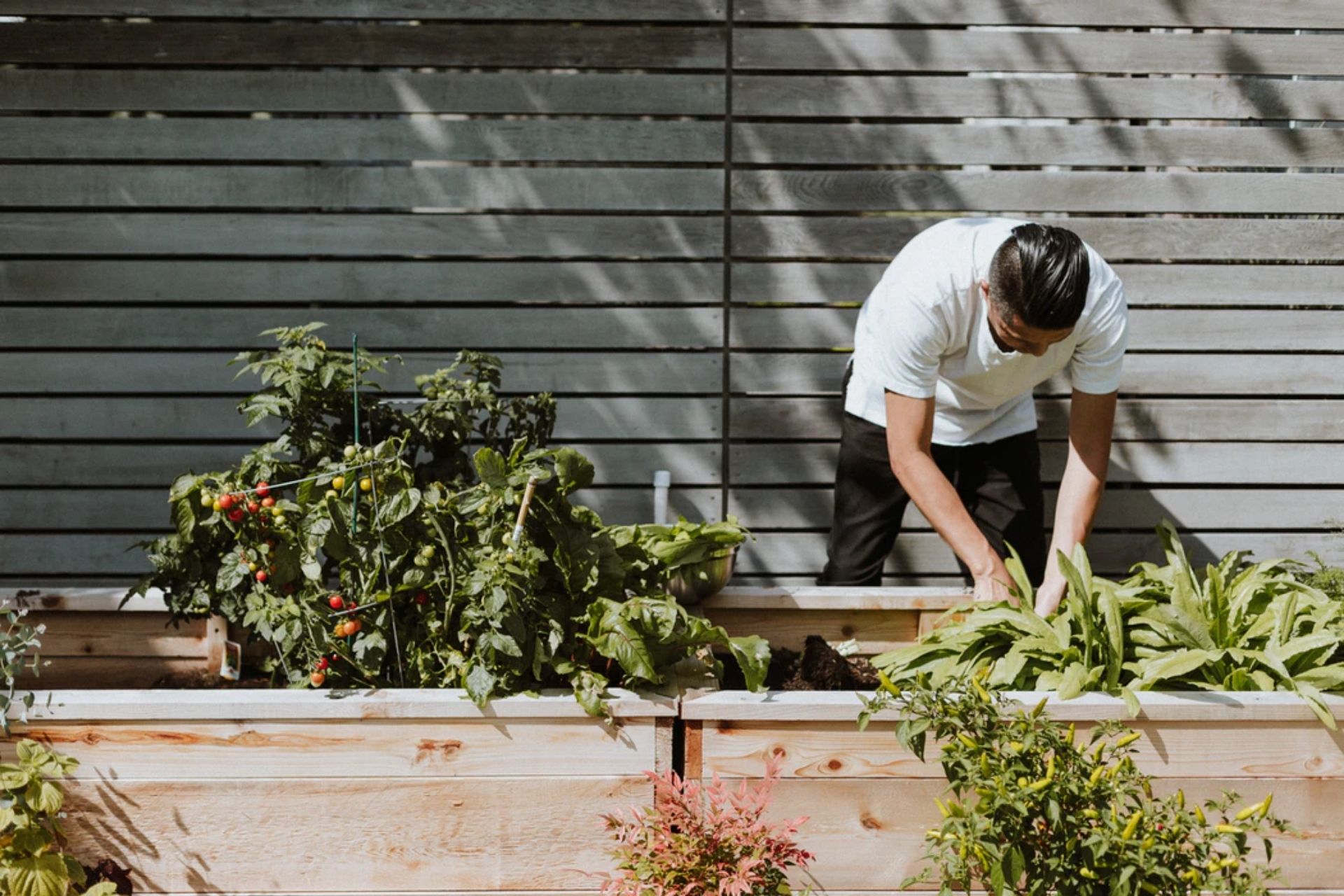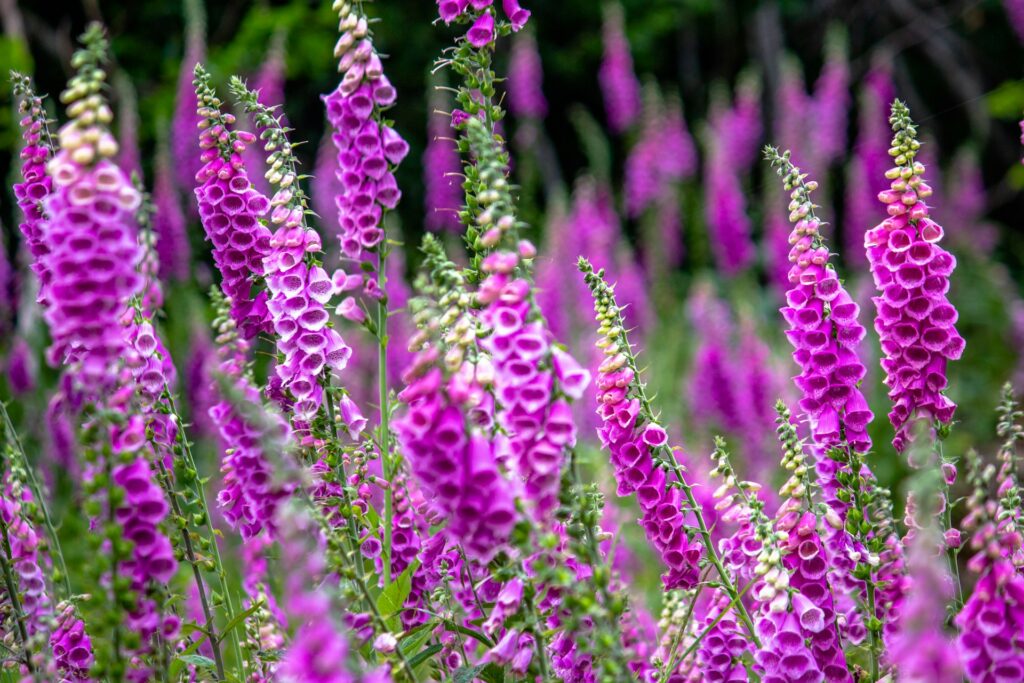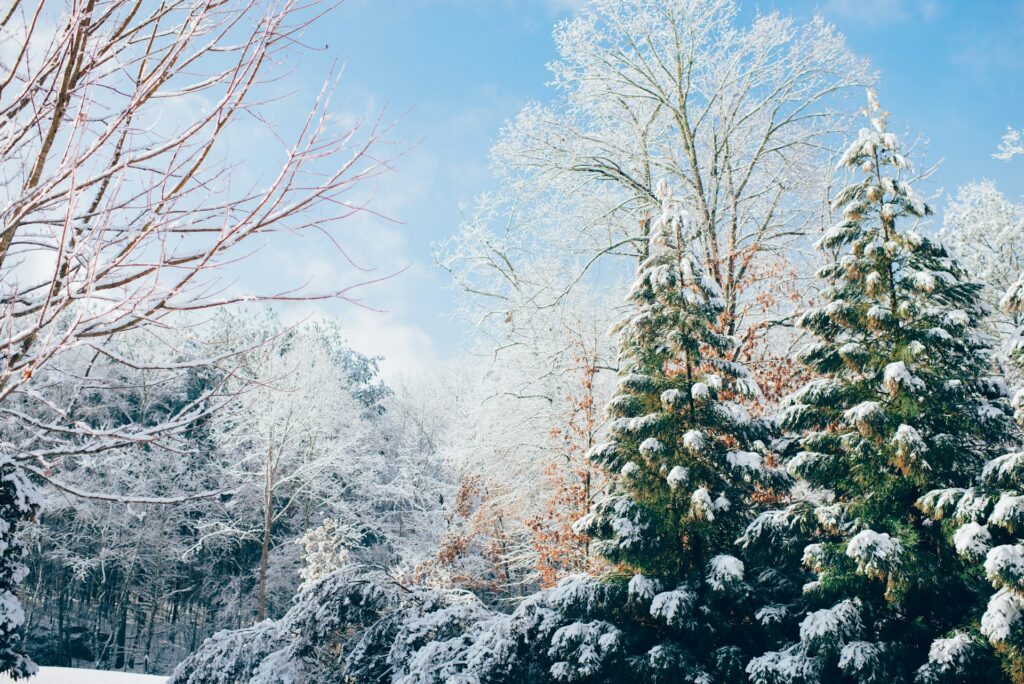
We are reader-supported. When you buy through links on our site, we may earn an affiliate commission.
The eco-conscious movement has found its way into our backyards. As we aim to reduce our carbon footprint, we can utilize our gardens for aid. Growing your fruits and vegetables can significantly reduce your impact on environmental degradation.
When you grow your own food, you have the power to say what goes into and on it. Eliminating the pesticides and synthetic fertilizers used in your food’s production can further reduce your environmental impact. Creating a sustainable garden also offsets some of your carbon emissions because vegetation absorbs this air pollutant during photosynthesis.
There are five vital sustainable gardening tips to creating a garden with sufficient yields. Building a compost, installing a rainwater harvesting system, using organic alternatives to pesticides, applying intercropping, and selecting suitable plants all affect your garden’s conservation.
1. Build a Compost
The first step on our sustainable gardening tips list is to build a compost. Individuals use compost piles for a few key reasons. They reduce food waste by giving scraps a second life, maximizing soil nutrients and reducing ecological destruction caused by synthetic fertilizers.
When synthetic fertilizers and pesticides release into the ocean through stormwater runoff, they create algal blooms. These microorganisms deplete the oxygen in an aquatic ecosystem, killing off regional species and destroying habitats. The destruction of a marine ecosystem from synthetic fertilizers and pesticides is called a dead zone.
To eliminate your use of these soil additives, you may utilize a compost. These devices hold organic material, allowing it to decompose, leaving nutrient-rich matter behind. When used in clay or sandy regions, compost soil can increase water absorption in a garden. This helps plants grow efficiently and reduces water waste.
A compost works by holding food scraps, dead leaves and other natural matter which microorganisms and bacteria break down. Occasionally the homeowner will need to rotate the compost to allow for oxygenation. Once decomposition occurs, the remnants are available to fertilize the Earth.
2. Install a Rainwater Harvesting System
You may further reduce your water waste by installing a rainwater harvesting system. These devices collect and store rainwater for residential use. Depending on the system’s sophistication level, you can either gather water from the tank and pour it into your garden or pump it into an irrigation system.
When you utilize rainwater for your garden, you reduce the amount of storm runoff leaving your property, which carries pesticides and synthetic fertilizers to the sea. Rainwater harvesting systems also lower your water bill and your water footprint.
3. Use Organic Alternatives
To effectively reduce dead zones and algal blooms in the ocean, we must utilize organic alternatives to pesticides. Instead of pumping harsh chemicals into our gardens, we can create natural solutions to pest destruction.
Many critters end up munching on the fruits and vegetables in our gardens before we get a chance to. You can reduce their interference in various ways. Grasshoppers are common garden dwellers that eat through vegetation. Garden owners can spray garlic oil around their crops to rid off insects.
Field mice also affect the success of a home garden. To sustainably protect your plants from these critters, you can plant traditional mint and peppermint. Mice despise mint and avoid regions where it grows.
4. Engage in Intercropping
When you strategically plant crops in your garden to reduce pest interference, suppress invasive weeds and welcome beneficial insects, you engage in intercropping. This is another way to eliminate synthetic fertilizer and pesticide use to promote sustainable gardening.
To reduce artificial enhancements and promote sufficient growth cycles, you will need to grow plants that support each other’s needs near one another. For example, one may plant beets next to tomatoes for their light exposure variants. Beets are low-light plants than may thrive when placed under tall bushy vegetation that offers shade.
Crop rotation also promotes sustainable garden growth by nourishing the soil. When you overplant one species, it can deplete nutrients in the ground that are necessary for development. You can prevent this depletion by switching up the species you plant and grow nourishing soil vegetation.
5. Select Sustainable Plants
When you decide to grow an eco-friendly garden, it is essential to plant sustainable species. This may take some research, and it will reduce your water, pesticide and synthetic fertilizer use.
The best plants to grow in your garden are native species. These plants already thrive in the environment and often require little to no maintenance. You may also want to replace water-intensive garden plants with drought-tolerant vegetation.
It is also important to avoid growing invasive species. Many colonies accidentally destroyed local ecosystems by planting exotic vegetation, which destroyed organic land. Evaluate which plants are indigenous and intrusive to your region when deciding what to grow in your garden.
Stay Up-to-Date
When it comes to eco-conscious practices, the field is constantly changing. The best way to practice these sustainable gardening tips is to stay on top of new trends and scientific findings. Lowering your carbon footprint by growing your own food may be time and labor-intensive, but the Earth will thank you for your efforts.










